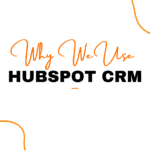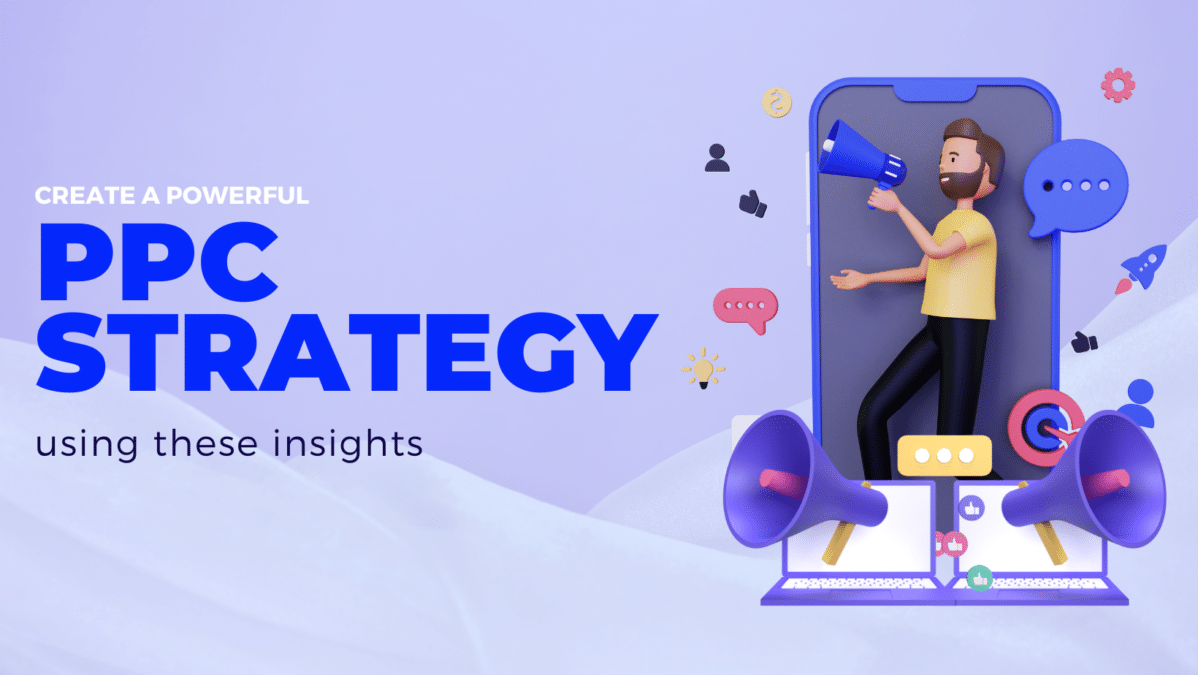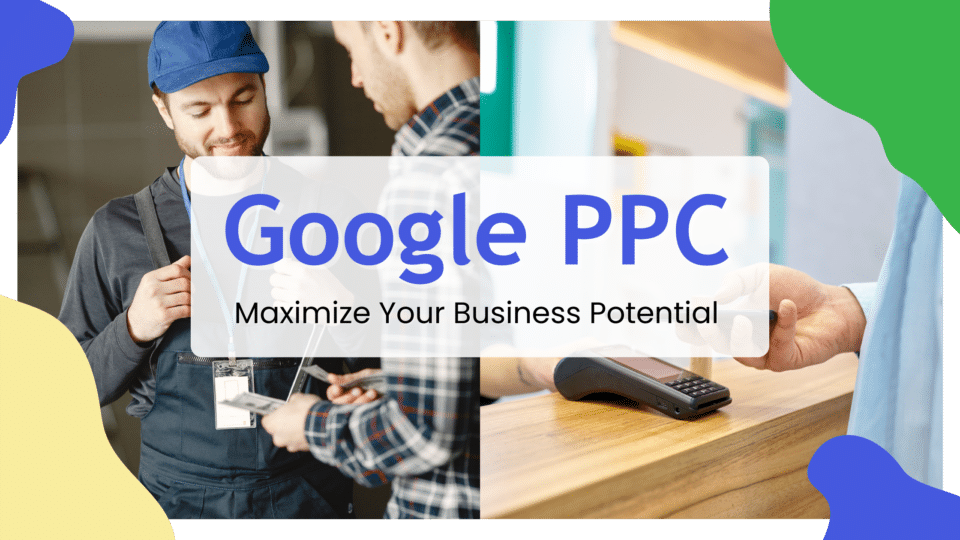
Why We Use HubSpot CRM and Recommend it to Our Clients
September 13, 2021
How to Leave Us An Awesome Review
October 8, 2021PPC Stats You Should Know To Energize Your Strategy
A well-established PPC marketing strategy can position your business for greater success. That’s why we’ve compiled some of the best pay-per-click statistics in recent years to help guide your strategic decisions.
If you’ve listened to our podcast (Market It with ATMA on Spotify and Apple Podcast), you already know that consumer dynamics have shifted after more than a year of lockdowns. Businesses that didn’t have an online presence tanked, but those who did and also ran PPC campaigns were able to see the other side of the pandemic. Pay-per-click (PPC) marketing is here to stay, and PPC statistics prove it.
What is PPC?
Pay-per-click, or PPC, is a form of advertising that allows you to pay a fee to have your website on the search engine result page (SERP) when someone types in specific keywords or phrases to the search engine. The SERP will display the ads you create to direct visitors to your site, and the fee you pay is based on whether people click your ad.
Generate Business Growth
According to a report published by eMarketer, search ad spending grew by as much as 5.9 percent in 2020. In a year where ad spending was expected to drop, PPC agency owners and PPC marketing pros have demonstrated that PPC is one of the best ways to generate business growth.
Even during this period of diminished economic activity, a powerful PPC strategy is transformative for your business because:
- It gives consistent, near-instant results.
- It’s a reliable source of good-quality leads.
- It allows greater control over your marketing spending.
- It features powerful targeting options.
- It’s measurable and optimizable.
- It works well with other digital marketing methods.
A well-established PPC marketing strategy can position your business for greater success. That’s why we’ve compiled some of the best pay-per-click statistics in recent years to help guide your strategic decisions.
General PPC Statistics
The following pay-per-click stats provide insights into the general state of PPC marketing. You’ll see that these PPC stats show what the search marketing landscape looks like, how users perceive PPC ads, Google Ads click-through rate (CTR), and the overall effectiveness of a PPC management campaign.
- Search ads provide an 80% lift in top-of-mind brand awareness among consumers. (Google Blog)
- The legal industry has the highest CPA at $137.17. (Search Engine Land)
- 64.6% of users will click on a Google Ad if they are looking to buy an item online. (WordStream)
- The average click-through rate for Bing Ads across all industries is 2.83%. (WordStream)
- Companies Earn $2 From Every $1 Spent on PPC. (WebFX)
- 800 US consumers identified an 80% lift in brand awareness. (Word Stream)
- 28% of Instagram users follow the link to get more information on one out of 10 Ads they see. (Statista)
Wrap Up
We wanted to show you the importance of getting in front of your target audience with these stats. If you are not taking advantage of PPC, come talk to a digital advertising expert at Advent Trinity Marketing Agency — we’ll get you results.
By Leslie Radford
**Updated November 2023




